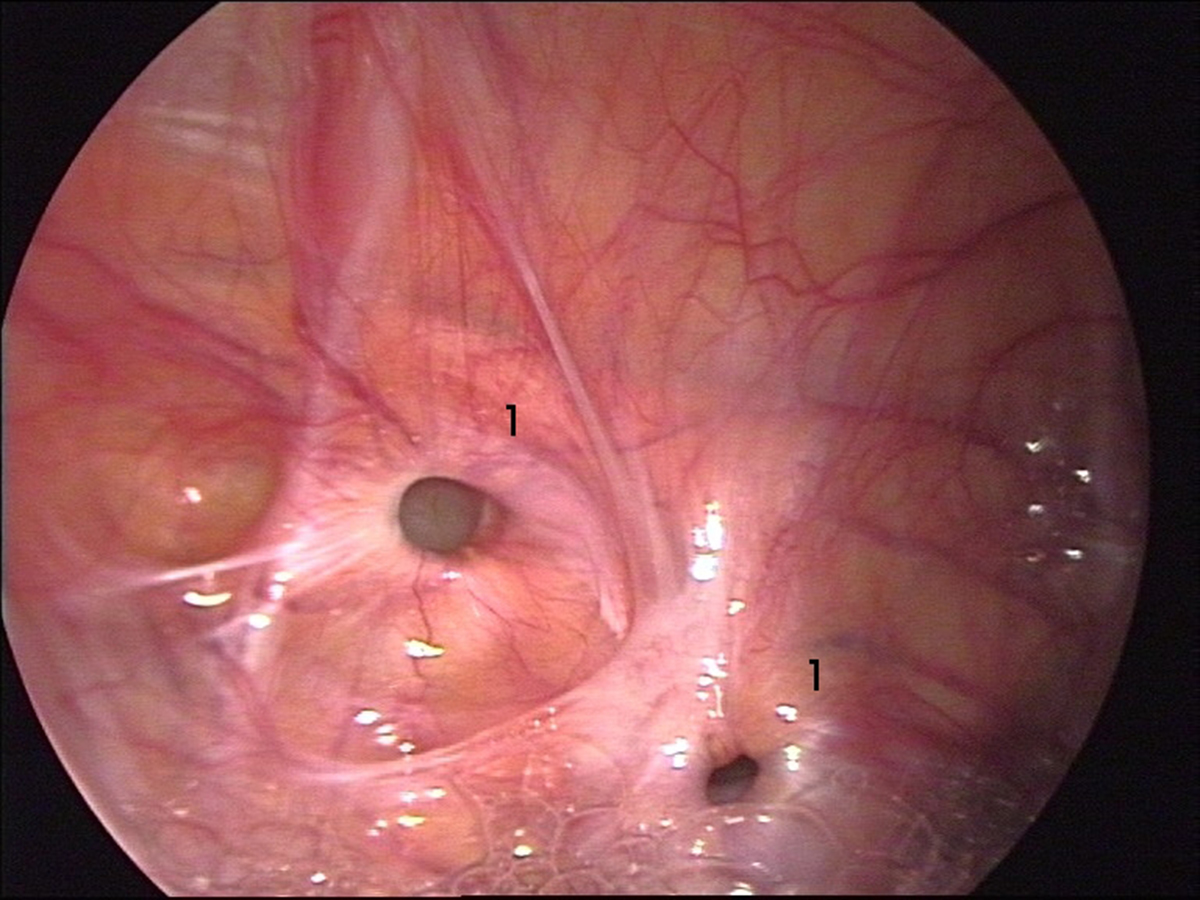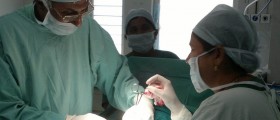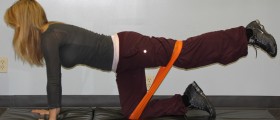
Both pulled groin and hernia affect the same area of the body and are associated with the pain in the lower abdomen. This can make hard to identify the cause of the pain without help of a doctor. However, hernia is commonly followed by a noticeable lump. Pulled groin and hernia often affect athletes who are playing hockey, soccer, martial arts and football. Person that experiences the pain caused by these conditions needs to rest allowing the injured muscles to heal. Also, external solutions have to be applied during the recovery. In case of hernia injury, surgery may have to be performed as well.
Pulled Groin
Pulled groin represents injury to the inner thing, or the groin muscles. The groin muscles are called the adductor muscles. Injury to the adductor muscles usually results from muscle strain due to physical activity. If adductor muscles are stretched suddenly or too far that results in inflammation and pain in the groin area. The condition limits the movement and activity. Groin pull can be from mild to severe and it is categorized in three grades of a groin strain. Grade I causes only mild discomfort while grade III groin strain represents severe injury that can temporarily disable an affected person. Pulled groin can cause difficulty walking and running. Swelling and bruising can also be present in grade II and grade III groin strain. The treatment for the pulled groin includes rest and avoiding any activity which causes the symptoms. Ice should be applied to the injured area to calm the inflammation while heat applications are administered to relax the muscles. Pulled groin needs time to heal and there is no surgery that can treat the condition.
Hernia
Hernia represents protrusion of an internal organ through weak area of the abdominal muscles. This manifests in presence of a visible lump in the area that can be sensitive and painful to touch. Hernia can occur because of inherited weakness in the abdominal walls or repeated strain or injury to the abdominal wall muscle. Hernias most commonly occur in the groin area. There are several types of hernia and each can result from different causes. Sports hernia is the most common type of hernia and it is commonly seen in professional athletes. Due to high physical strain the intestines bulge through the weak abdominal wall. The symptoms include severe pain in the area and inability to walk the pain is worsening with coughing, sneezing and yawning. Unlike pulled groin, hernia requires longer time for recovery. Hernias require repair surgery that may include different procedures.

















Your thoughts on this
Loading...